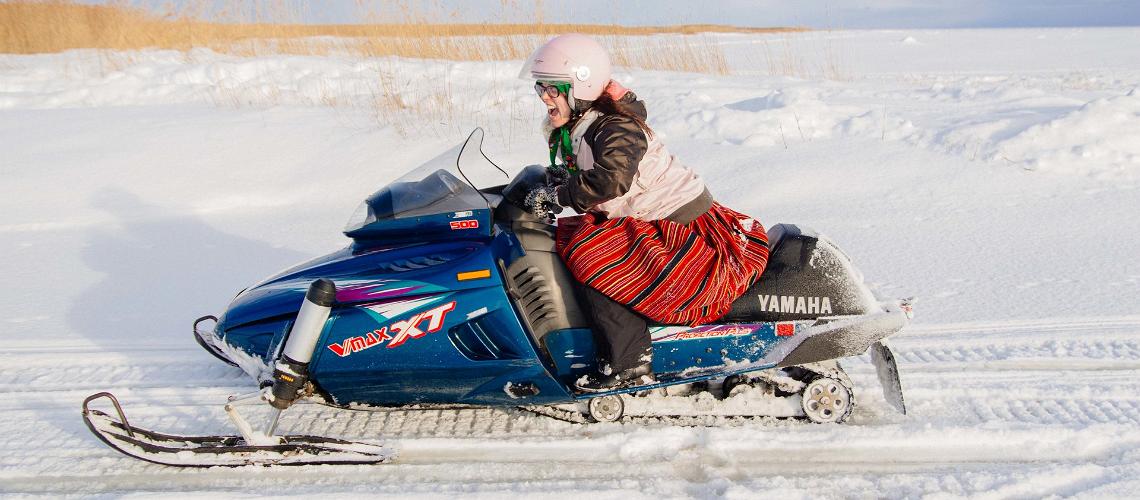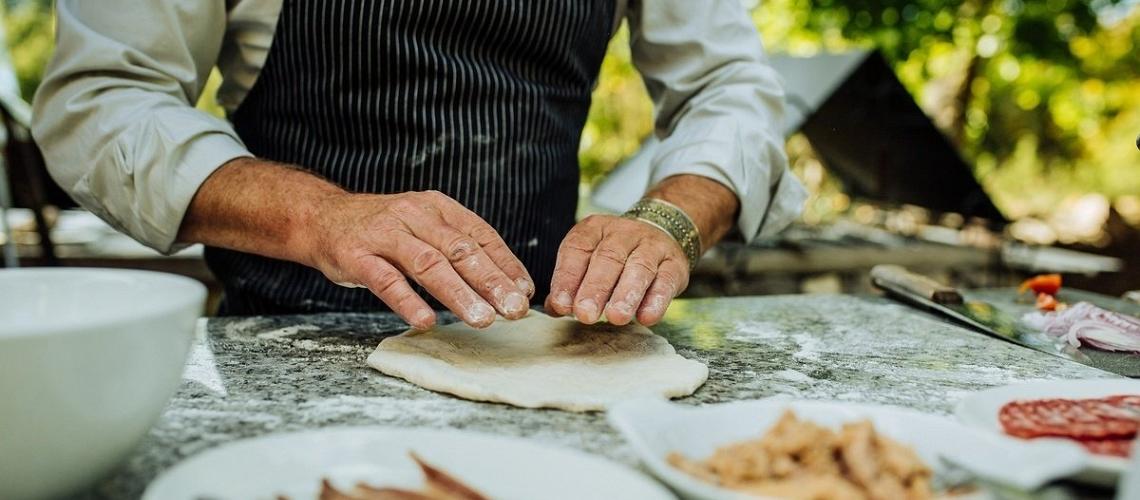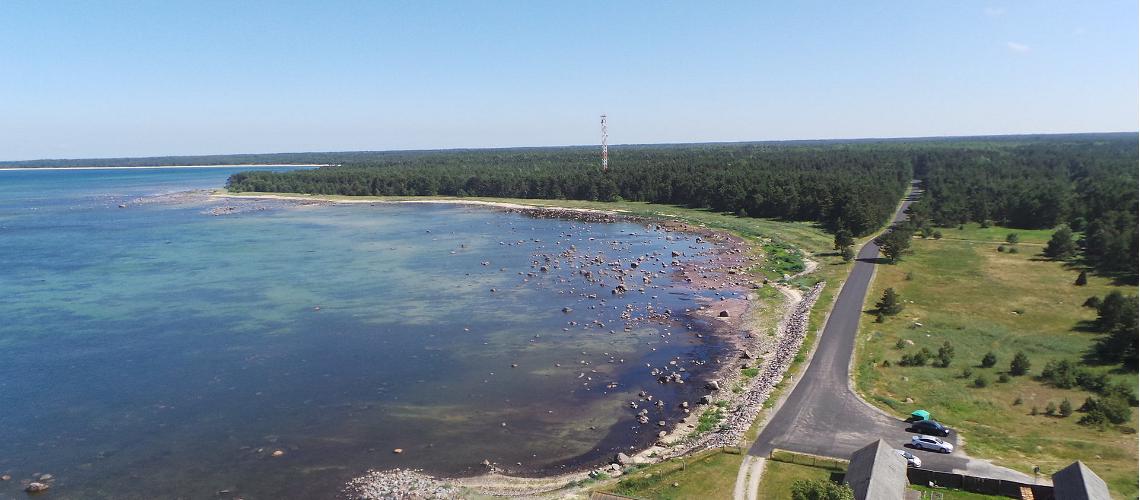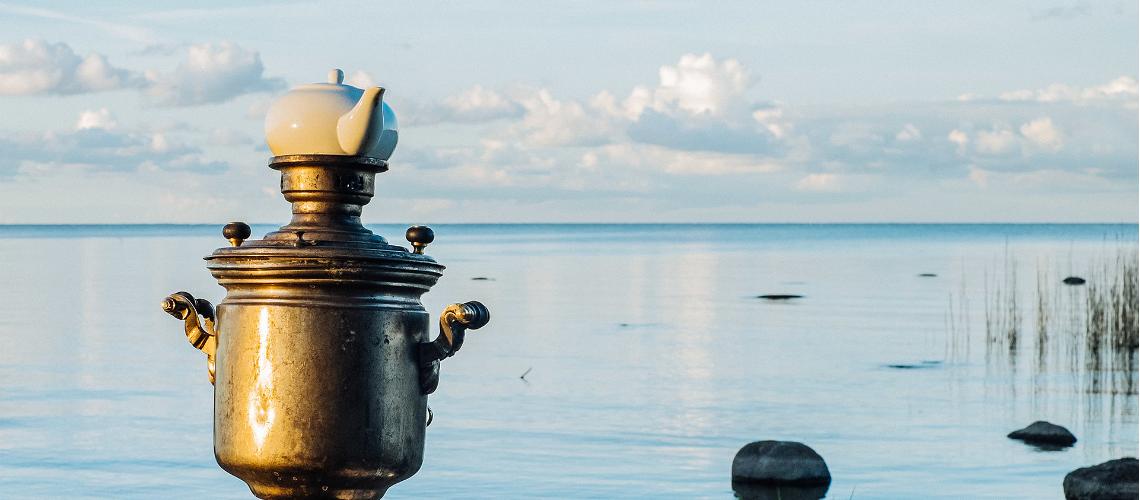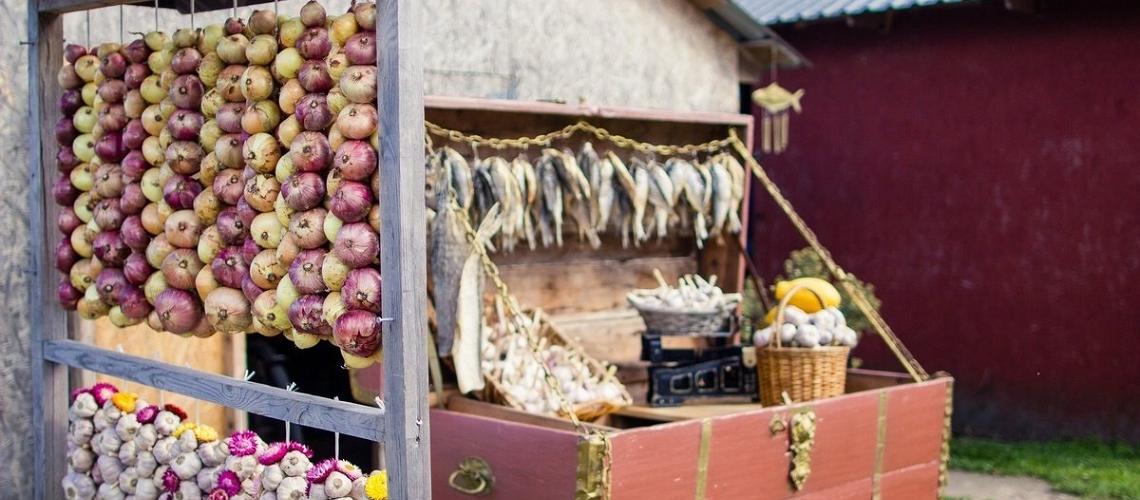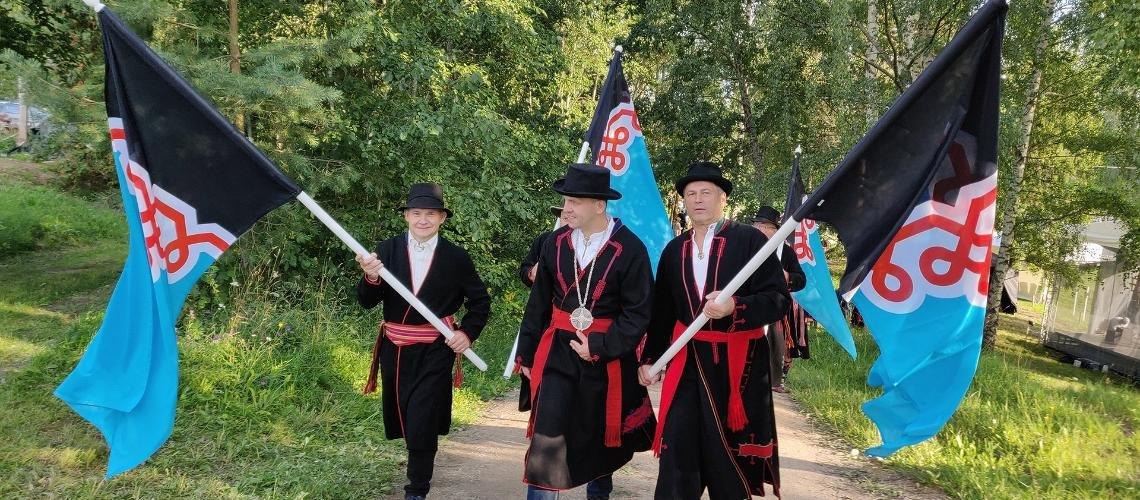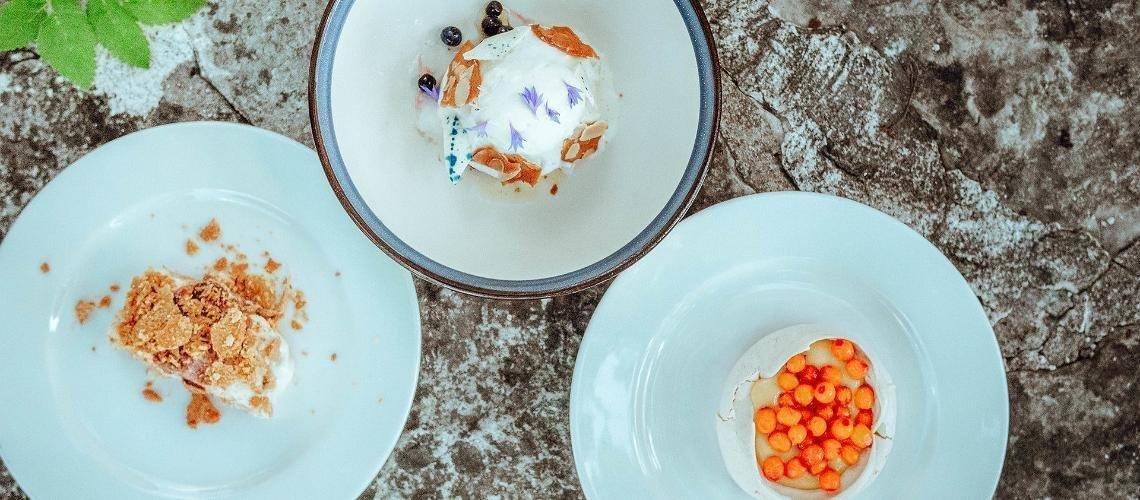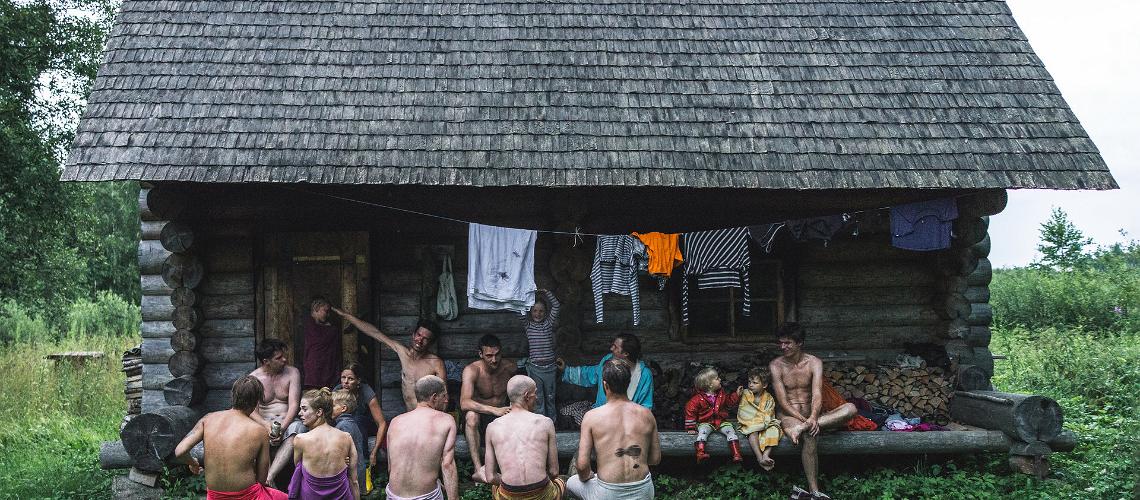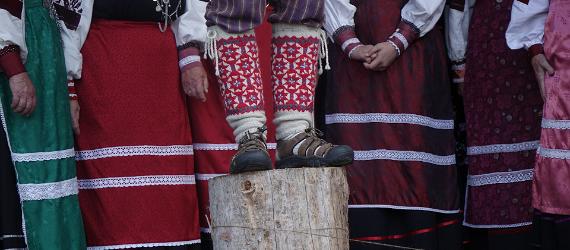When you think of the question "Do I have Estonian roots?" you can't just answer with a simple yes or no. As small as it may be, Estonia has plenty of different cultures and people groups, who each have their own traditions of clothing, cuisine, music, and more. South Estonia is home to the Seto and Mulk people as well as the Old Believers around Lake Peipsi. Looking at the coastal cultures of west Estonia, you'll find something unique on Hiiumaa, Muhu, and Kihnu where the islanders have their own distinct cultures.
At the same time, Estonia sits at the crossroads between Eastern Europe, Scandinavia, and the Baltics which have added plenty to the Estonia heritage. You might have an Estonian surname, many of which have meanings connected to nature like Kask (birch), Kukk (rooster), Ilves (lynx), Rebane (fox), and Pärn (linden), and Tamm (oak). Or maybe you don't have an obviously Estonian surname, a lot of Estonians don't either!

Considering its position, it's no wonder that Estonia has such diverse cultures
Photo by: Visit EstoniaAlong the Estonian coastline, there are more than 2,000 islands. Many of these have a culture and tradition that is entirely their own. Estonian islanders include the people of Hiiumaa, Kihnu, and Muhu. Each of these has a tradition of coastal cuisine with plenty of fish. On the island of Muhu, women wear long striped skirts that look similar to what you might see in Mexico, although with darker colours. Kihnu culture has been recognised by UNESCO as the Estonian island that's run by women who are famous for their homespun striped skirts (known as a kört in Estonian). Part of Kihnu culture includes singing songs in the island's local dialect.
Of course, the islanders aren't the only fishermen in Estonia. The Old Believers who live along the coast of Lake Peipsi have made their home with a cuisine based on fresh-water fish and onions. These are descendants of immigrants who left tsarist Russian to practice their own style of Eastern Orthodoxy although there are Old Believers on both sides of the Estonian-Russian border.
In the Southern regions of Estonia, you'll also find the Seto and the Mulks, two groups that boast their own unique dialect, cuisine, clothing, and love of singing. The Seto people have their traditional dress and embroidery that might remind you of traditional Ukrainian clothing. Likewise, they are masters of the kind of polyphonic singing you might find women doing traditional singing known as leelo. Similar to singing in Bulgaria or other parts of the Balkans, leelo is recognised by UNESCO. And during Seto Kingdom Day, the winning lead singer of a leelo group is given the title of "Mother of Song".
The Mulgimaa are proud of their own culture as well and have their own flag to boast it. Traditionally men from the region wear a long black kaftan made from wool with a red sash. The Mulks also speak their own dialect that's actually older than standard Estonia. The cuisine of the region is best known for a special kind of mixed flour called kama. The staple food bears a striking resemblance to Tibetan tsampa and gofio from the Canary Islands.
While Estonia has plenty of people groups, they do have a few things in common, and that includes the love of saunas! Much like Germans, Russians, or Koreans, Estonias enjoy when things get steamy. Of course, there are a few elements that might seem unusual at first like gently beating yourself with birch branches found in the forest.
So, maybe you were Estonian in a past life. Or maybe you have more in common with Estonian culture than you ever realised.
Instead of asking 'do I have any Estonian roots' a better question to ask is if you have any Seto ancestors or whether you might have some islander heritage. At the end of the day, it's all part of what makes Estonia the nation it is today.















